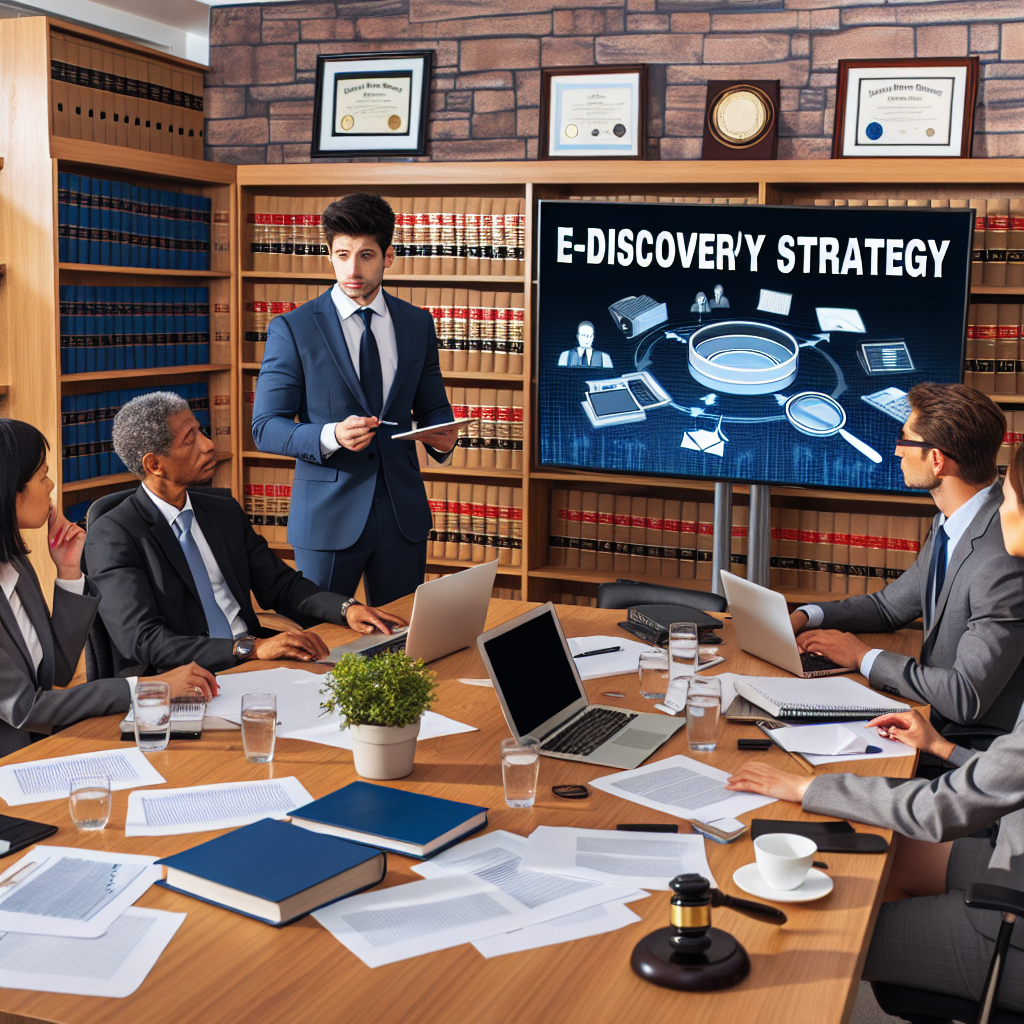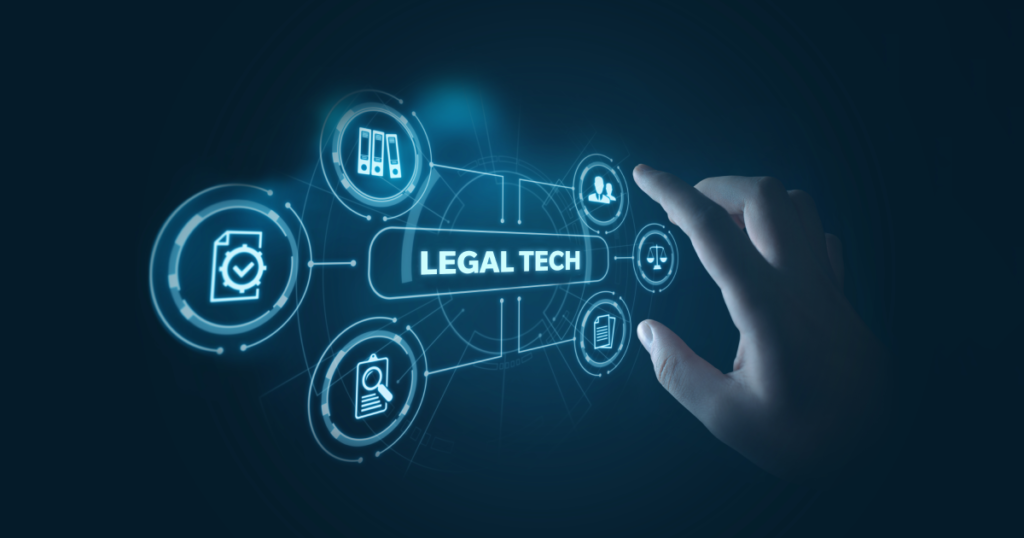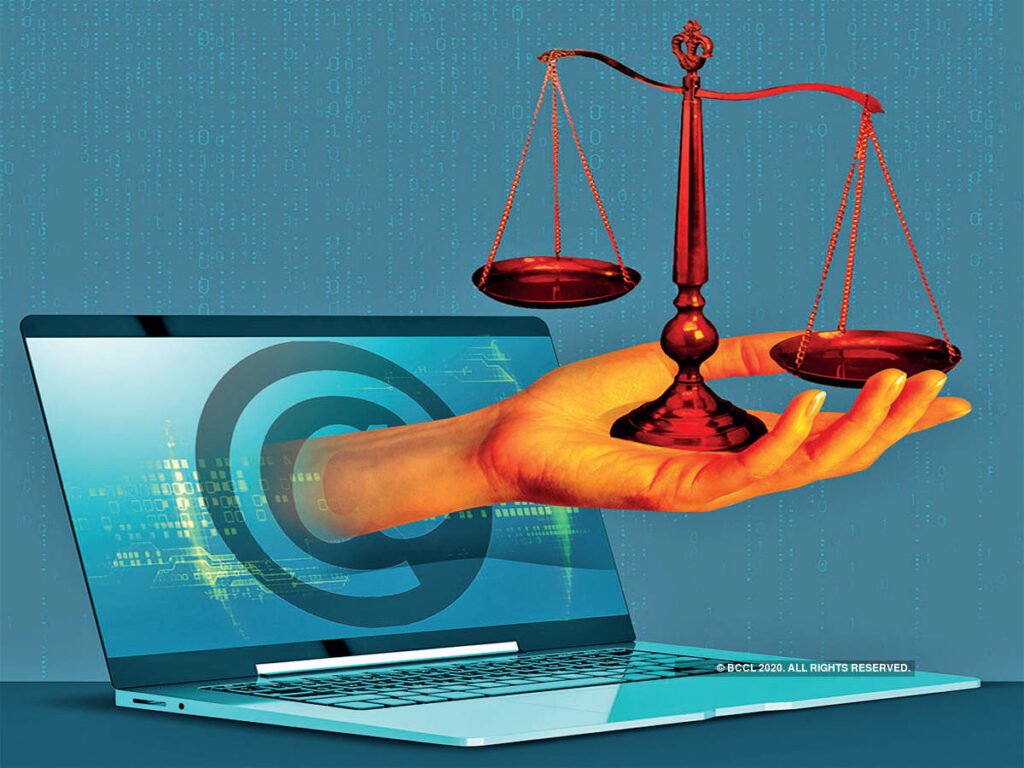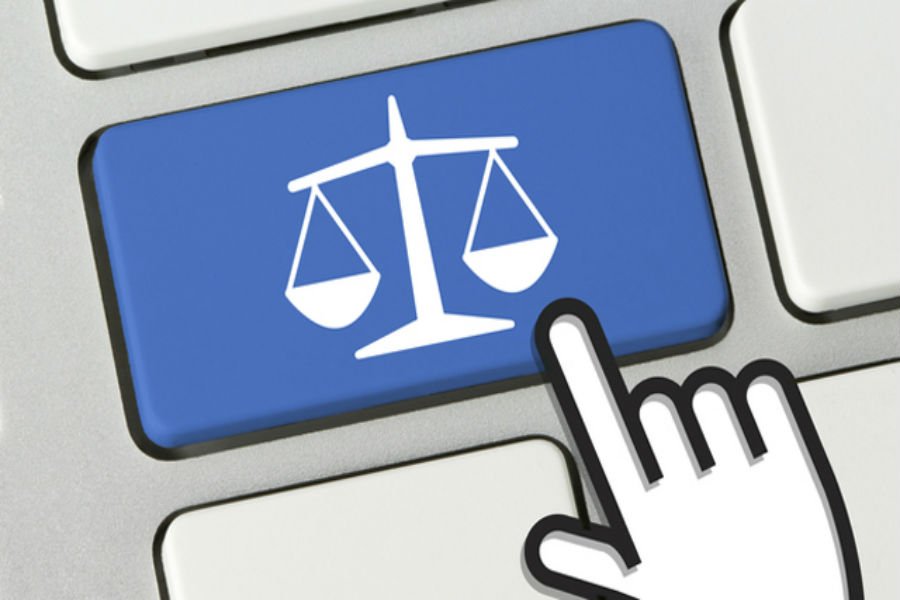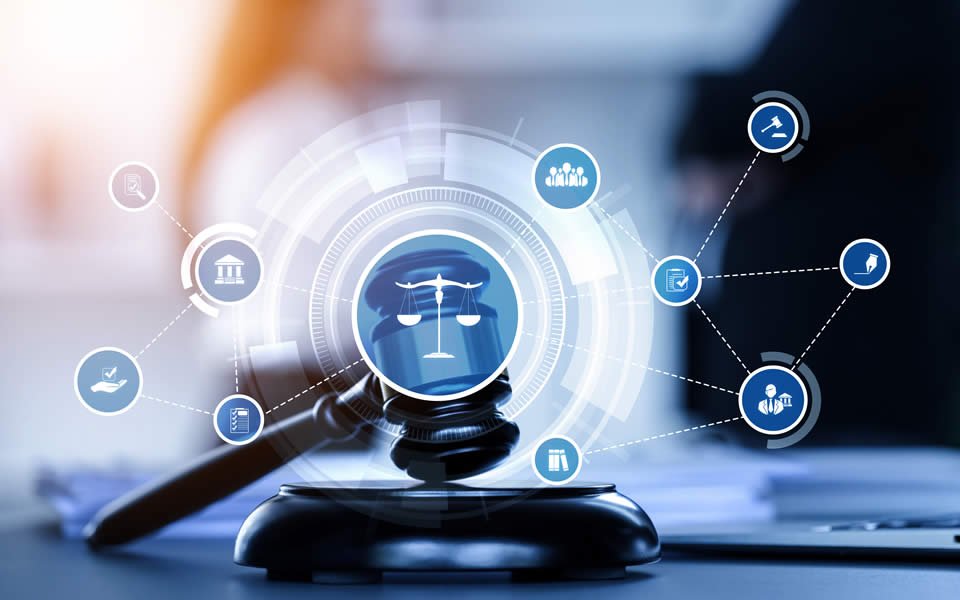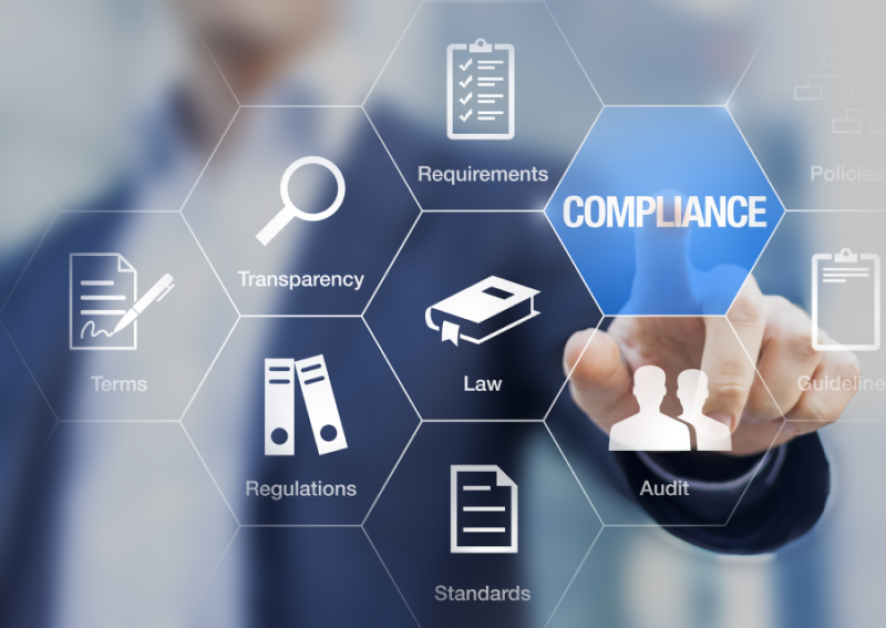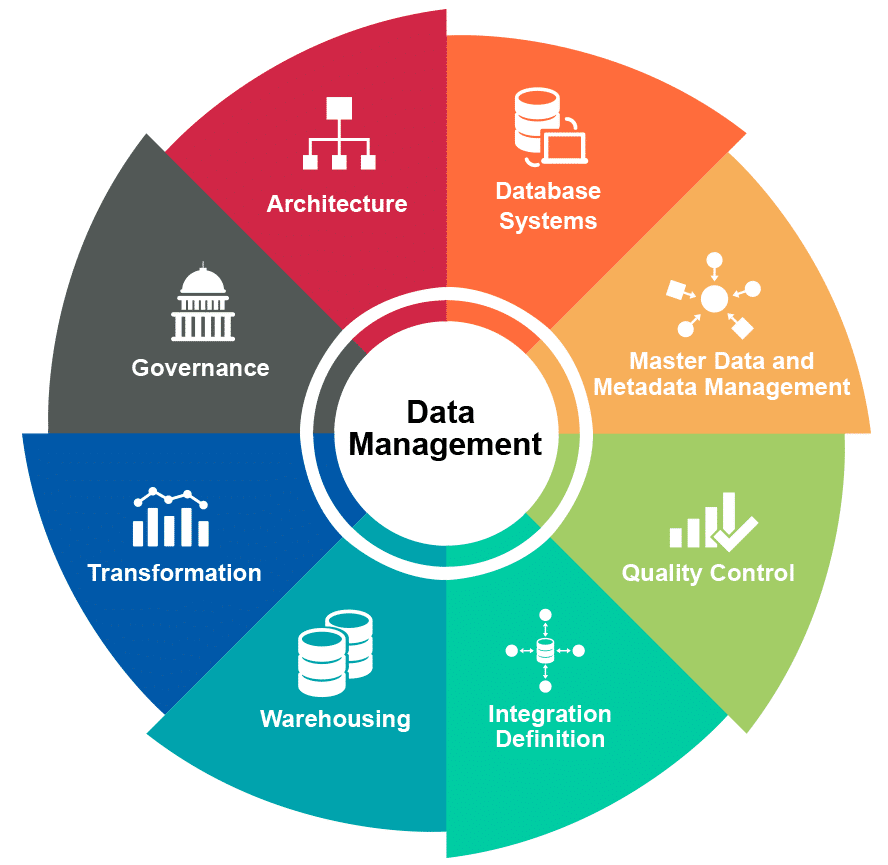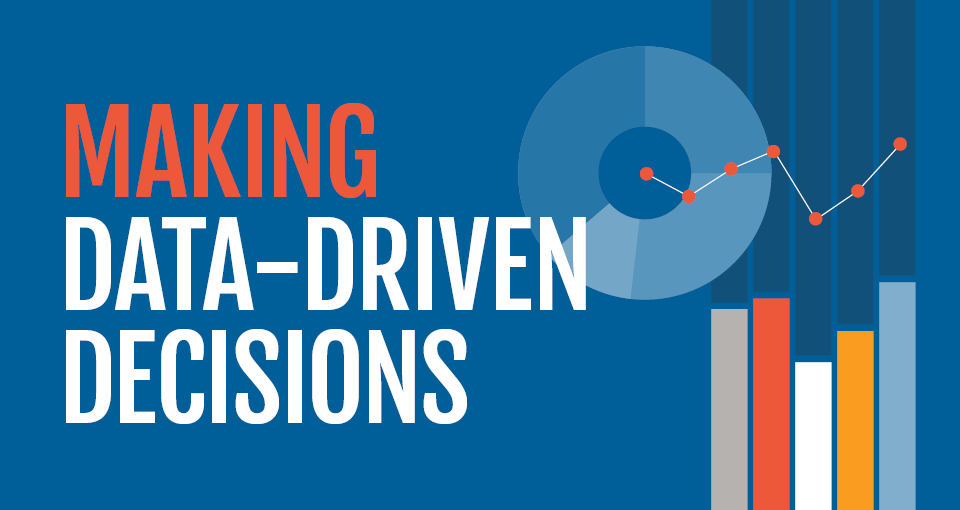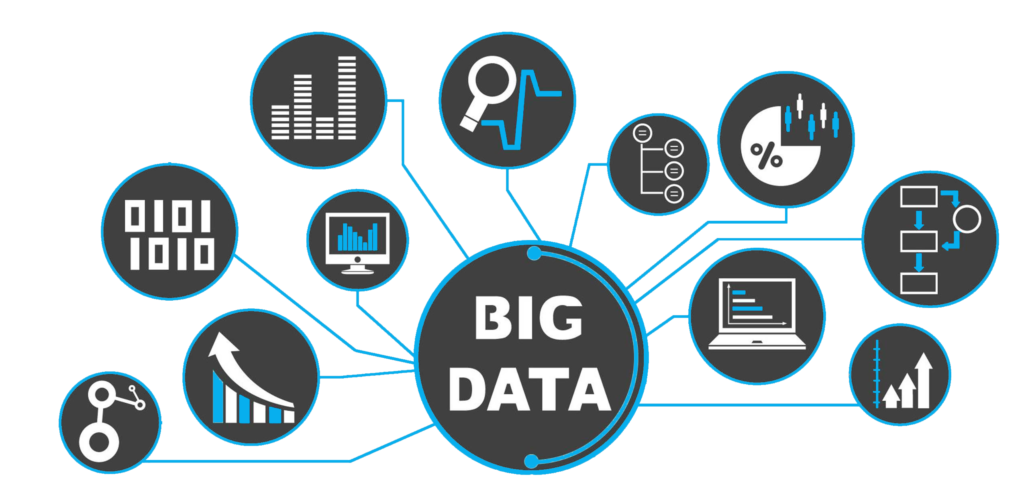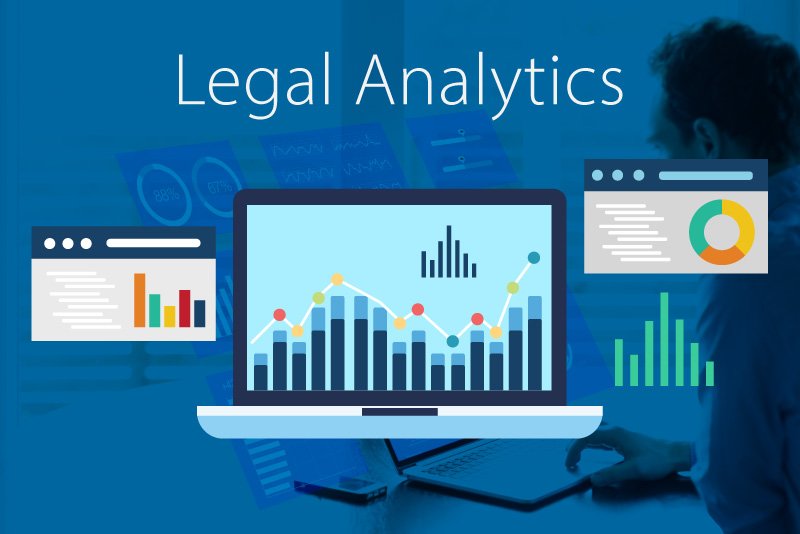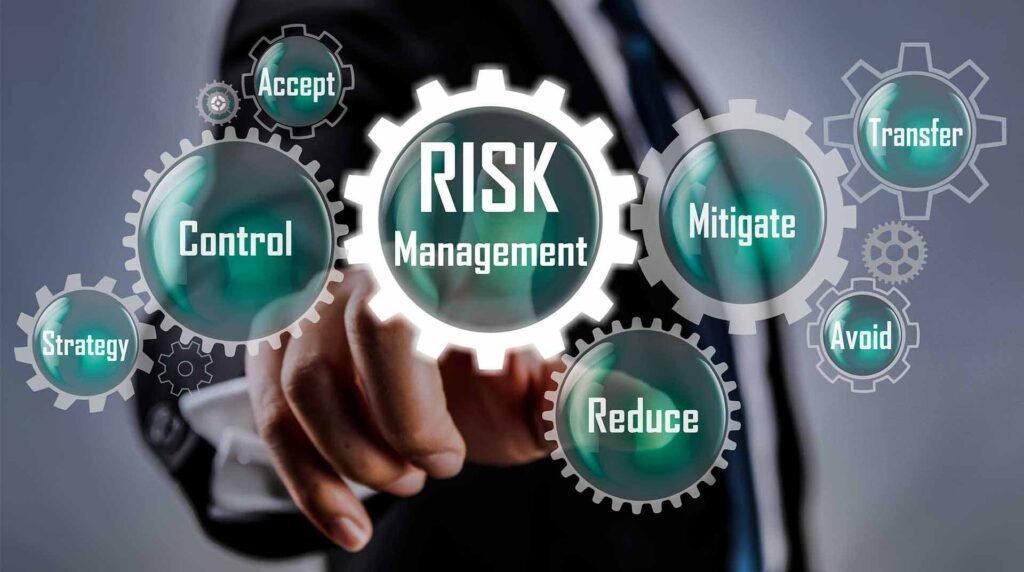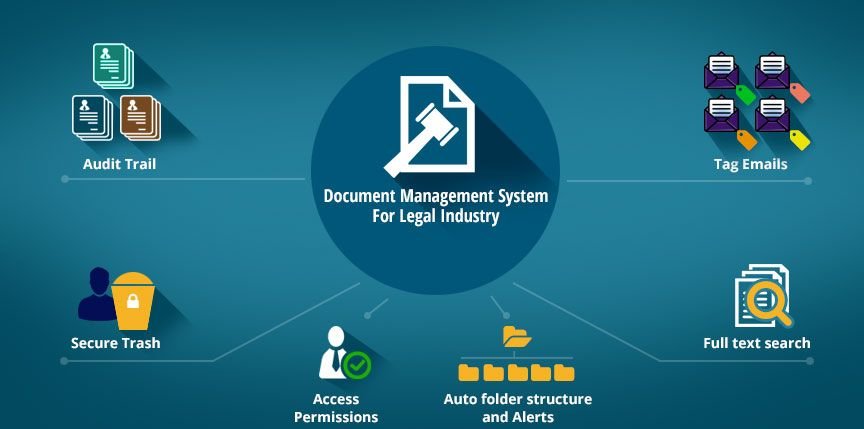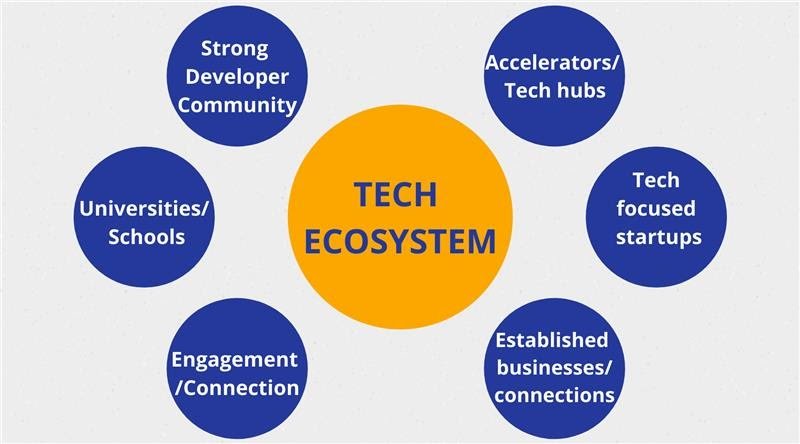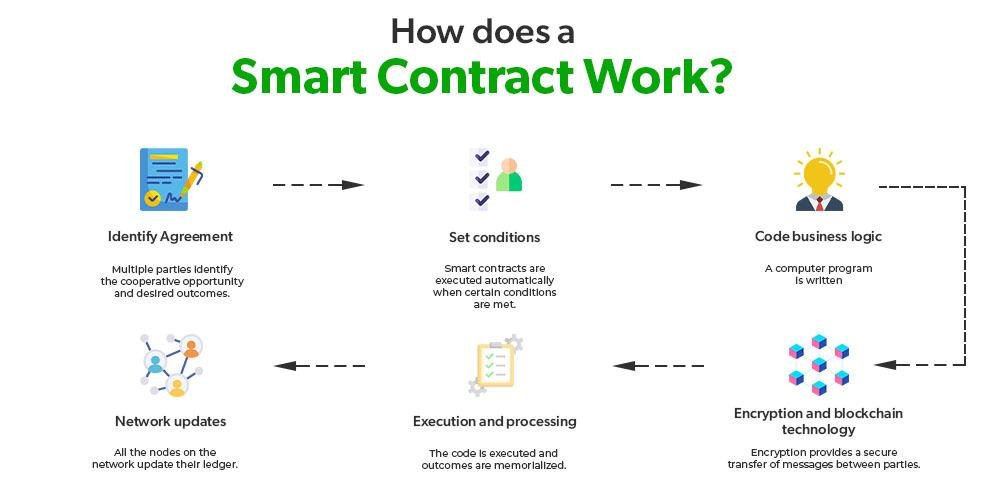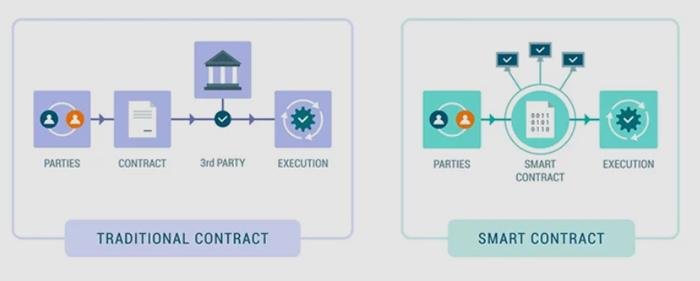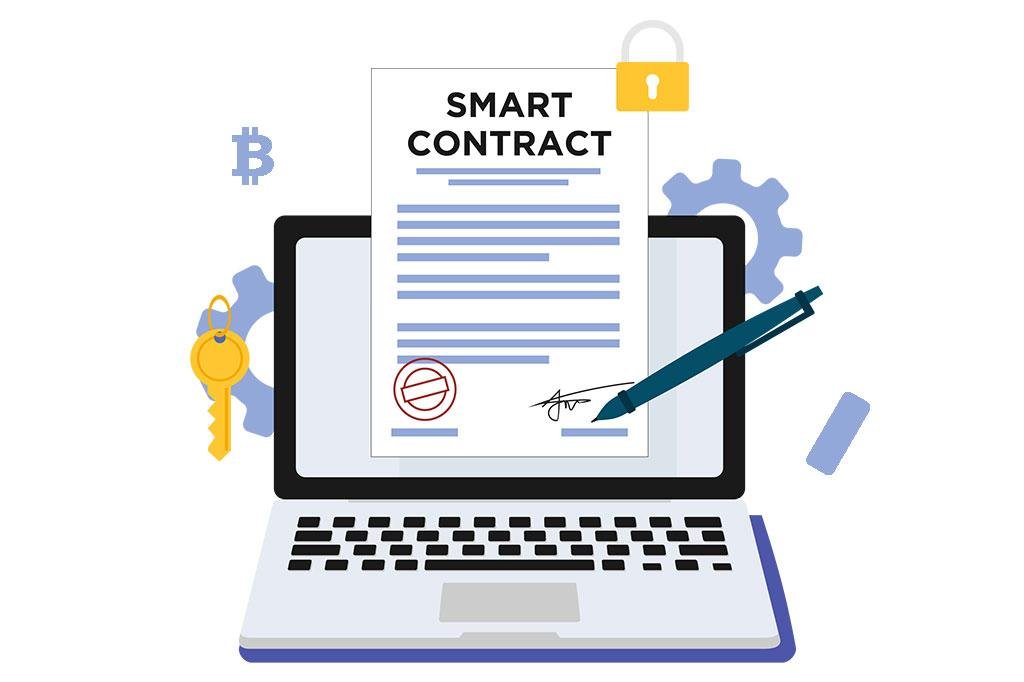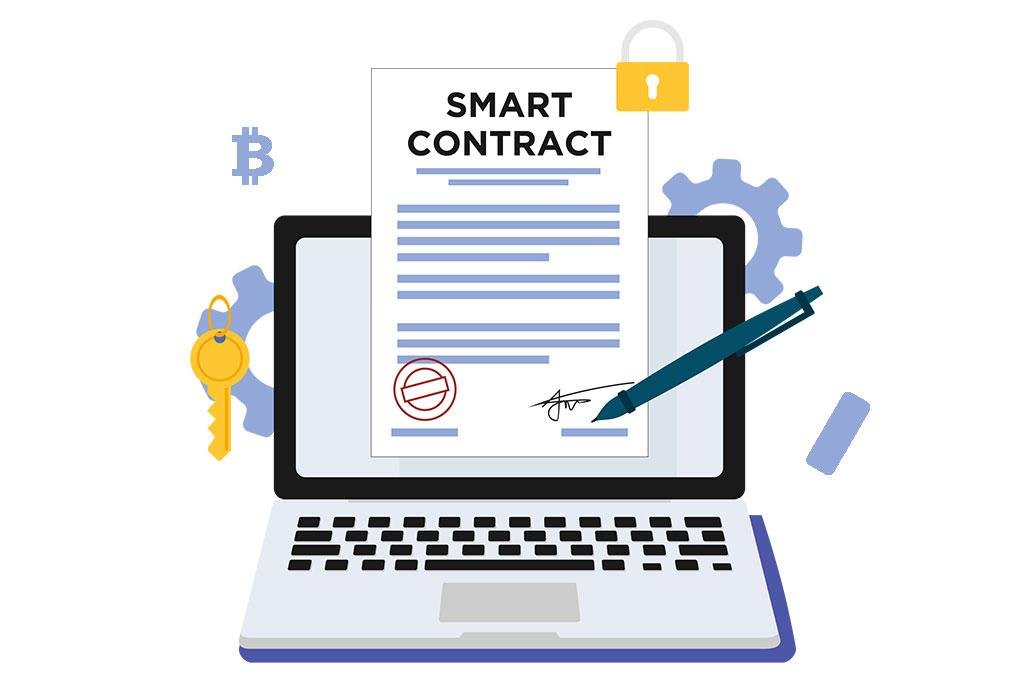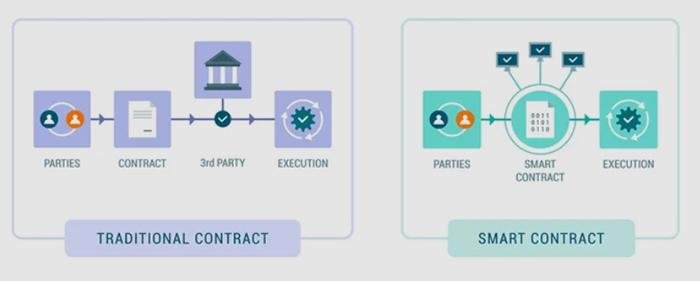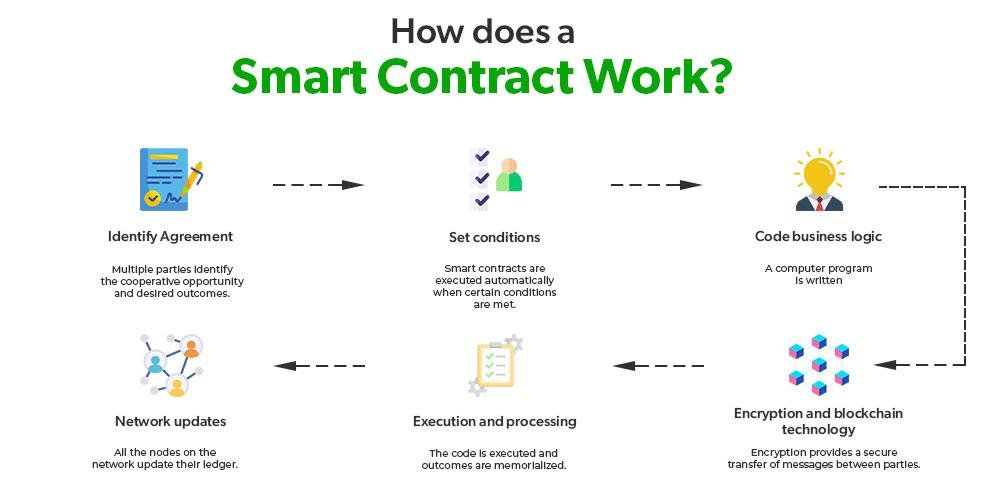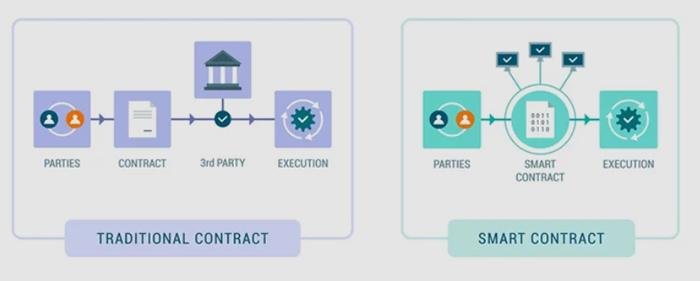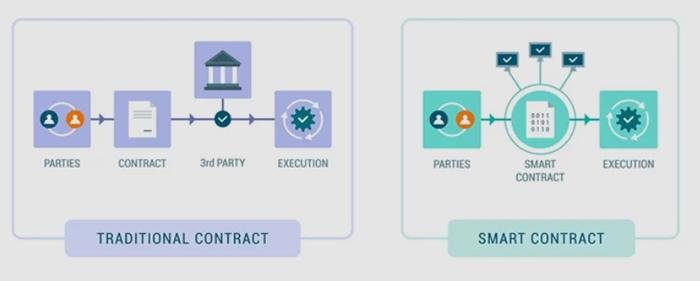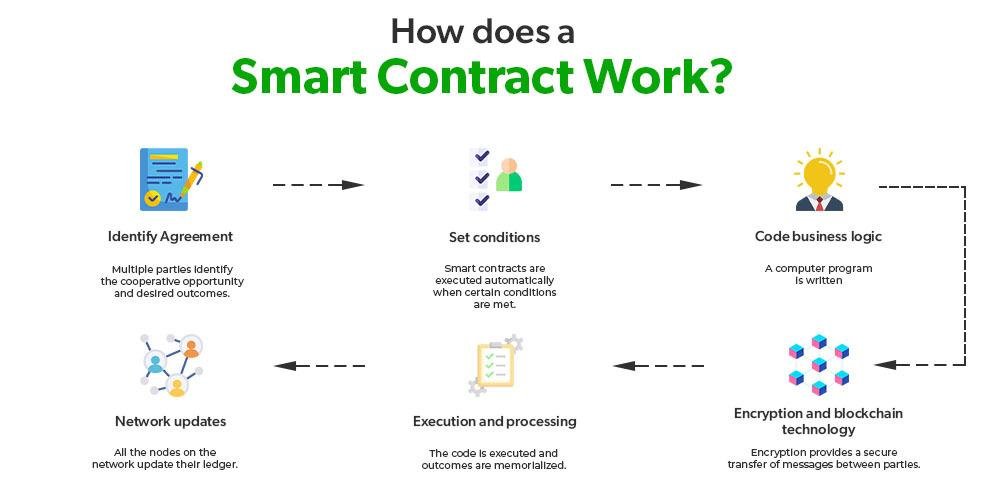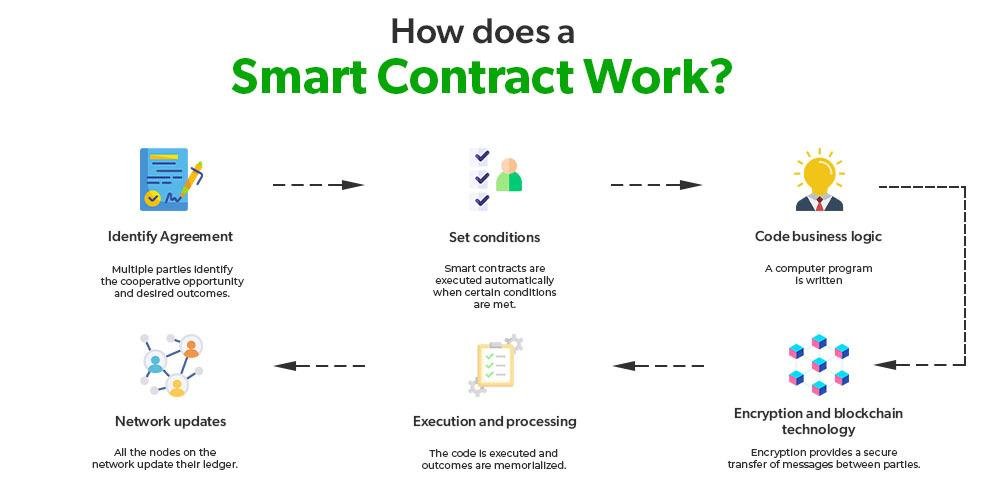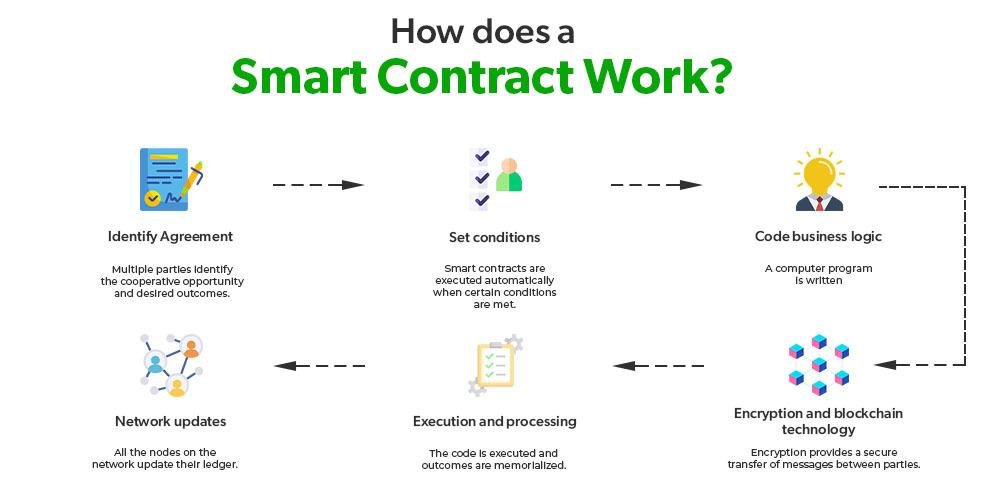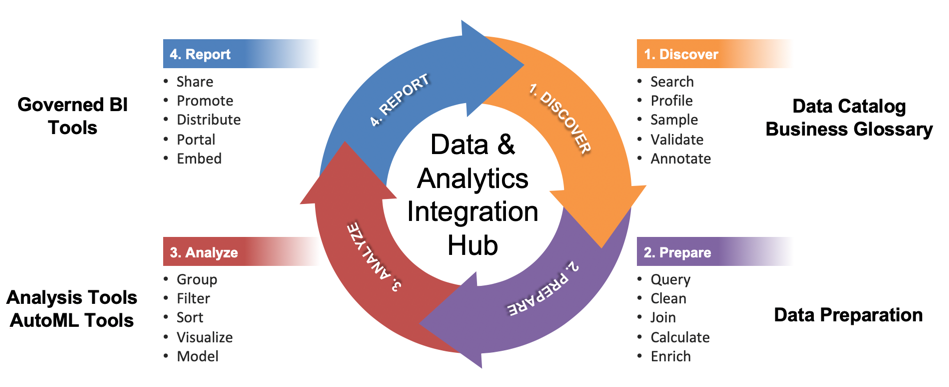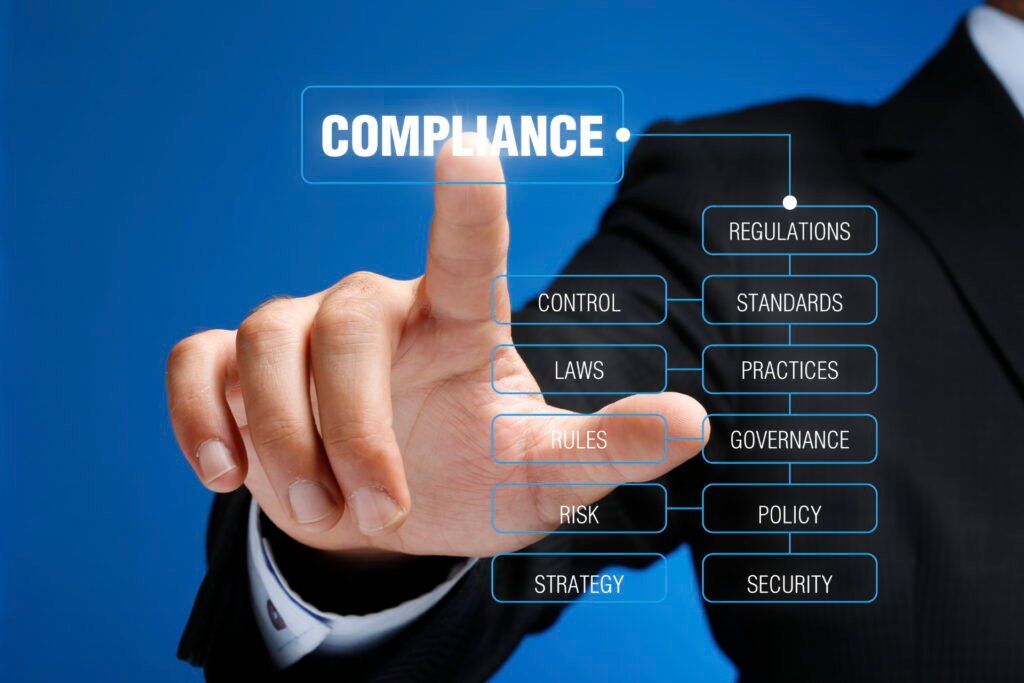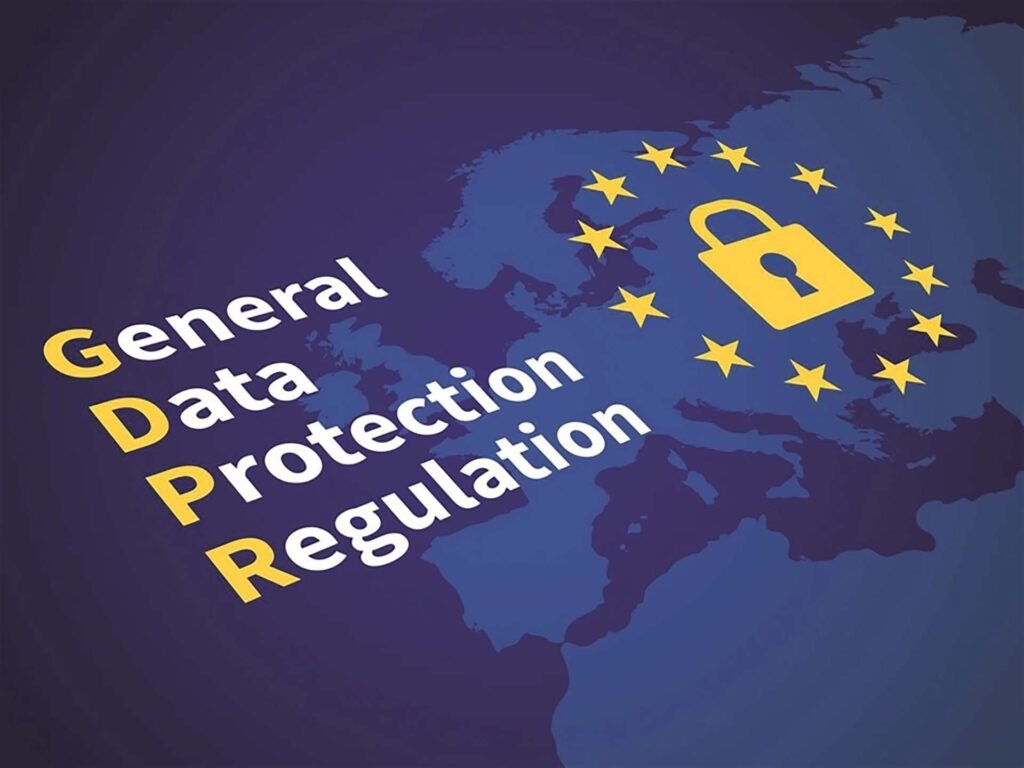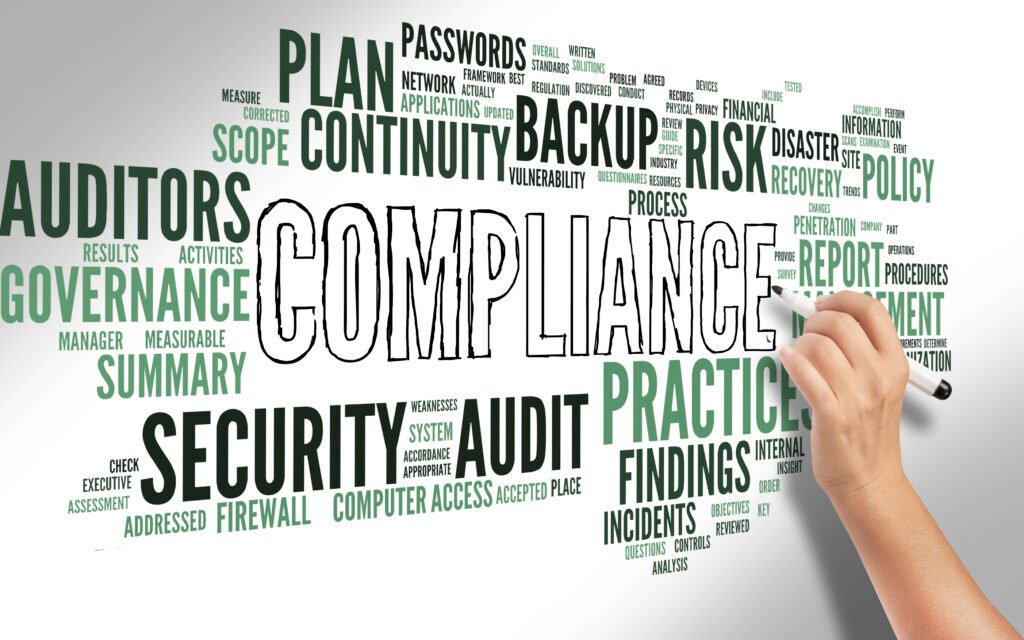Building an Effective E-Discovery Strategy for Law Firms

Introduction
In the current digital era, the amount of electronic data produced by people and organizations has surged, making e-discovery a crucial aspect of legal practice. An effective e-discovery strategy is crucial for law firms to efficiently manage, analyze, and present electronic evidence in litigation. This involves not only understanding the legal frameworks governing e-discovery but also implementing robust technological solutions and best practices to streamline the process. By developing a comprehensive e-discovery strategy, law firms can enhance their ability to respond to discovery requests, reduce costs, mitigate risks, and ultimately improve client outcomes. This introduction outlines the key elements necessary for building a successful e-discovery strategy tailored to the unique needs of law firms in a rapidly evolving legal landscape.
Understanding E-Discovery: Key Concepts for Law Firms
In today’s legal landscape, understanding e-discovery is crucial for law firms involved in modern litigation. Here’s a simplified summary of the main ideas:
- What is E-Discovery?
- E-discovery (electronic discovery) is the process of identifying, collecting, and producing electronically stored information (ESI) relevant to a legal case. This includes emails, documents, social media content, and metadata.
- Importance of Relevance
- Relevance refers to information that could impact a case’s outcome.
- Law firms need to know what ESI is relevant to streamline their collection and review processes.
- Establishing clear relevance criteria helps focus efforts and avoid unnecessary costs.
- Understanding Proportionality
- Proportionality is about balancing discovery efforts with available resources and the case’s stakes.
- Firms should avoid broad requests that lead to excessive costs or burdensome reviews.
- Tailoring requests to the case’s specific needs enhances efficiency and encourages collaboration with opposing counsel.
- Preserving ESI
- Once litigation is anticipated, law firms must implement a legal hold to prevent the loss or alteration of relevant electronic data.
- This involves notifying clients and relevant personnel to preserve ESI and monitoring compliance.
- Failure to preserve ESI can lead to severe consequences, including sanctions, jeopardizing a firm’s position in the case.
- Utilizing Technology
- Advanced software tools now assist with e-discovery, transforming how legal professionals manage and analyze ESI.
- Tools like data analytics and artificial intelligence improve the efficiency of the review process.
- Leveraging technology reduces time and costs while enhancing the quality of legal work.
- Mastering E-Discovery
- A solid grasp of e-discovery concepts—relevance, proportionality, preservation, and technology—is essential for law firms to succeed.
- Understanding these elements allows firms to develop effective e-discovery strategies that meet client demands and uphold legal standards.
By mastering these key concepts, law firms can navigate the complexities of e-discovery and better serve their clients in the digital age.
Essential Tools for E-Discovery Management
In today’s fast-changing legal technology landscape, having a solid e-discovery strategy is crucial for law firms. Here are the essential tools that can enhance e-discovery management:
- E-Discovery Platforms
- These platforms are the foundation of any effective e-discovery strategy.
- They handle large amounts of data, enabling quick searching, filtering, and analysis.
- Advanced search features, like keyword searches and predictive coding, help lawyers identify relevant documents faster, saving time and resources.
- Artificial Intelligence (AI)
- AI tools have transformed data analysis in e-discovery.
- They learn from previous cases to identify patterns and relevant information.
- AI speeds up the review process and reduces human error, giving law firms a competitive advantage.
- Cloud-Based Solutions
- Cloud platforms are popular for their accessibility, allowing teams to collaborate from anywhere.
- They securely store documents that can be accessed in real-time, promoting efficient communication.
- Many cloud tools include security features to protect sensitive information from unauthorized access.
- Project Management Software
- Effective project management is essential for coordinating the e-discovery process.
- These tools help assign tasks, set deadlines, and monitor progress, ensuring everyone is aligned and accountable.
- Good organization enhances productivity and encourages teamwork, especially in complex cases.
- Training and Support
- Ongoing training for staff on e-discovery tools is vital as technology evolves.
- Training should cover how to use specific tools and the broader aspects of data management and compliance.
- A culture of continuous learning prepares teams to handle e-discovery complexities, leading to better client outcomes.
Best Practices for Data Collection in E-Discovery

In e-discovery, data collection is a crucial step that can greatly affect the outcome of legal cases. To manage electronic data effectively, law firms should follow best practices to ensure compliance and efficiency. Here are the key points to keep in mind:
- Define the Scope of Data Needed
- Identify relevant custodians (people who hold important data) and the types of data that may be important for the case.
- Conduct interviews with key personnel to understand the data landscape. This helps in creating a focused collection strategy.
- Choose the Right Tools and Technologies
- Select e-discovery software that simplifies the data collection process from various sources like emails, documents, and social media.
- Ensure the tools comply with legal standards, making sure the collected data is admissible in court and maintains its integrity.
- Establish a Clear Data Collection Protocol
- Create a protocol that outlines the steps to follow, roles and responsibilities, and methods for preserving data integrity.
- Document each step in the collection process to provide a clear audit trail, which is important if questions arise later.
- Stay Alert to Challenges
- Be aware that collecting data from different sources can complicate the process. Consider using a centralized data repository to consolidate information.
- This approach simplifies collection and allows for more thorough analysis, helping in the development of effective legal strategies.
- Collaborate with IT Professionals
- Work closely with IT experts to handle technical challenges and ensure that data is collected while preserving its authenticity.
- A collaborative environment between legal and IT teams enhances data collection efforts and reduces risks.
- Mind Legal and Ethical Considerations
- Always follow privacy laws and regulations to avoid penalties and protect the firm’s reputation.
- Stay updated on changes in data privacy laws to ensure compliance and build trust with clients, who expect their sensitive information to be handled carefully.
Navigating Legal Compliance in E-Discovery Processes
In today’s fast-changing legal technology landscape, law firms must prioritize legal compliance in their e-discovery processes. As the amount of electronically stored information (ESI) grows, having a solid e-discovery strategy that meets legal standards is essential. Here are the important aspects to keep in mind:
- Understand Relevant Laws and Regulations
- Familiarize yourself with the Federal Rules of Civil Procedure (FRCP) in the U.S., which detail obligations regarding ESI preservation and production.
- Adopt a proactive approach to identify and manage data that might be subject to discovery to prevent legal issues like spoliation, which can result in severe penalties.
- Consider Data Privacy Laws
- Be aware of laws like the General Data Protection Regulation (GDPR) in Europe and state-level regulations in the U.S. that influence the management of personal data.
- Conduct data mapping exercises to locate sensitive information and implement safeguards to protect it during e-discovery.
- Invest in Compliant Technology
- Use advanced e-discovery tools that help streamline the collection, review, and production of ESI while ensuring compliance.
- Ensure that e-discovery software includes features like data encryption, access controls, and audit trails to maintain the integrity and confidentiality of sensitive data.
- Provide Ongoing Training and Education
- Offer continuous training for attorneys and staff on e-discovery best practices and legal obligations.
- Foster a culture of compliance where team members understand their roles in protecting client data.
- Stay Updated on Legal Trends
- Regularly review and update e-discovery policies and procedures to ensure compliance with new case law, regulatory changes, and technological advancements.
- Stay informed about emerging trends that could impact e-discovery practices.
Strategies for Cost-Effective E-Discovery Solutions
In the fast-changing world of legal technology, law firms must focus on creating cost-effective e-discovery strategies. Here are key strategies to manage electronically stored information (ESI) efficiently and economically:
- Establish a Data Management Policy
- Create clear protocols for data retention, classification, and deletion.
- Reducing the volume of data processed during e-discovery lowers storage and retrieval costs.
- Conduct regular audits to identify and remove redundant or obsolete data, keeping your data repository lean.
- Leverage Advanced Technology
- Use e-discovery tools that incorporate artificial intelligence (AI) and machine learning to automate time-consuming tasks like document review.
- These technologies can reduce the manpower needed, lowering labor costs and speeding up the process.
- Improved accuracy and consistency in document review can lead to better litigation outcomes.
- Collaborate with Clients
- Engage clients early to understand the specific data relevant to the case.
- This helps identify key documents efficiently and allows for better planning and resource allocation.
- Involving clients fosters transparency and trust, enhancing the attorney-client relationship.
- Adopt a Phased Approach
- Break down the e-discovery process into manageable stages.
- This allows for early case assessment to identify critical documents before investing significant resources.
- Focus on the most relevant data first to avoid unnecessary expenses.
- Invest in Continuous Training
- Provide ongoing training for legal professionals on the latest e-discovery practices and technologies.
- Staying informed helps teams navigate the complexities of e-discovery efficiently.
- Continuous education fosters a culture of innovation and adaptability within the firm.
You May Also Like: E-Discovery Fundamentals: Key Steps and Best Practices for Big Data Management
Training Your Team: E-Discovery Skills for Legal Professionals
Training legal professionals in e-discovery skills is crucial in today’s digital age. Here are key points to ensure your team is well-prepared:
- Understand the Fundamentals of E-Discovery
- Familiarize team members with the legal framework, including the Federal Rules of Civil Procedure.
- Learn about different types of electronically stored information (ESI), such as emails, documents, and social media content.
- Recognizing these elements helps in identifying relevant data sources effectively.
- Master Technical Skills
- Train staff to use e-discovery software for data collection, processing, and review.
- Teach them how to conduct keyword searches, apply filters, and analyze data for patterns.
- These skills reduce time and resources spent on e-discovery, improving outcomes for clients.
- Encourage Collaboration
- Create a collaborative training environment where team members can share insights and experiences.
- This promotes a culture of continuous learning and helps everyone understand challenges and best practices in e-discovery.
- Emphasize Data Security and Privacy
- Educate legal professionals about ethical considerations and the importance of handling sensitive information.
- Instilling a sense of responsibility helps mitigate risks and maintain client trust, especially with rising data breaches and privacy regulations.
- Focus on Communication with External Vendors
- Include training on effective collaboration with e-discovery service providers.
- Understanding how to manage these relationships ensures alignment in objectives and streamlines the e-discovery process.
- Prioritize Ongoing Training and Development
- Regular workshops, webinars, and certification programs keep team members updated on the latest e-discovery trends and tools.
- Investing in continuous education enhances capabilities and positions the firm as a leader in the legal field.
Conclusion
An effective e-discovery strategy for law firms is essential for managing the complexities of digital evidence in legal proceedings. By implementing a comprehensive plan that includes clear protocols for data collection, preservation, and analysis, law firms can enhance their efficiency and accuracy in handling electronic information. Investing in the right technology, training staff, and ensuring compliance with legal standards will not only streamline the e-discovery process but also mitigate risks associated with data breaches and mismanagement. Ultimately, a well-structured e-discovery strategy positions law firms to better serve their clients and maintain a competitive edge in an increasingly digital legal landscape.






























































































































































































































































